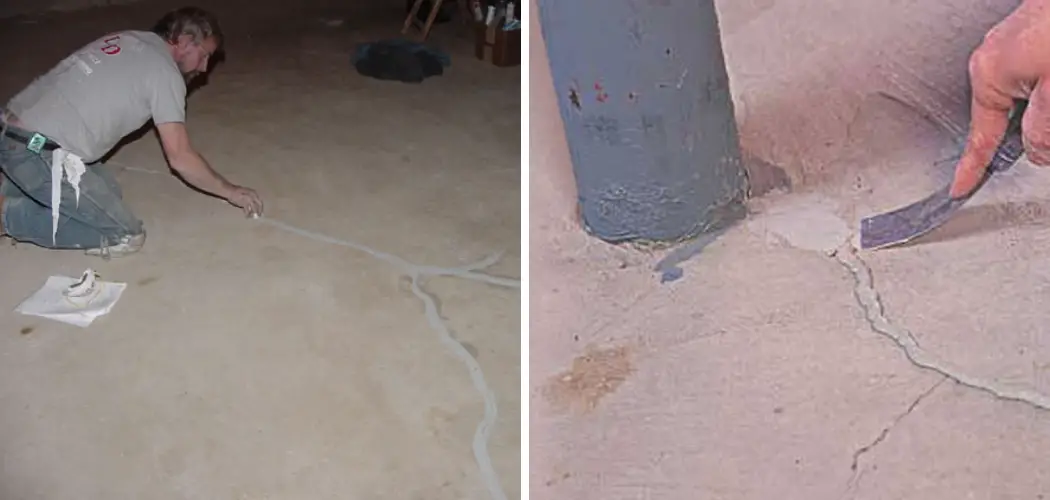Radon is a naturally occurring gas that can be found in any home, no matter how old or new it is. Unfortunately, radon gas exposure is the leading cause of lung cancer for nonsmokers in the United States.
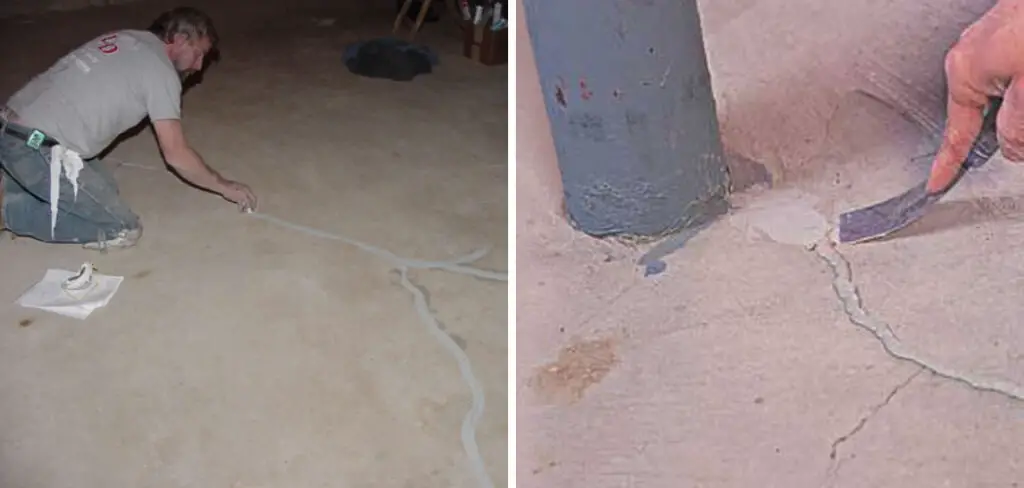
The good news is that there are steps you can take to prevent radon gas from entering your home in the first place. One of those steps is sealing any cracks in your basement floor. Here’s a quick guide on how to seal cracks in basement floor for radon.
Can You Seal Cracks in Basement Floor for Radon?
While you cannot see or smell it, radon gas could seep into your home through cracks in the basement floor. This odorless, colorless gas is the leading cause of lung cancer among non-smokers. It is estimated that nearly one in every fifteen homes in the United States has elevated radon levels.
If you are concerned about radon gas in your home, there are a few things you can do to reduce your exposure. One option is to seal any cracks in your basement floor with a silicone-based caulk. This will help to prevent radon gas from entering your home through these openings.
You can also install a radon mitigation system, which will help lower the radon gas level in your home by venting it to the outdoors. While there is no guaranteed way to eliminate all radon gas from your home, these steps can help to reduce your exposure and protect your family’s health.
Why Should You Seal Cracks in Basement Floor for Radon?
Radon is a colorless, tasteless, and odorless gas that occurs naturally in the environment. It is produced by the breakdown of uranium in soil, water, and rock. When radon gas seeps into homes through cracks in the basement floor, it can build up to levels that pose a health risk.
Exposure to high levels of radon gas has been linked to an increased risk of lung cancer. Sealing cracks in your basement floor is the best way to prevent radon gas from entering your home. Not only will this help to protect your health, but it will also improve the air quality in your home.
In addition, sealing cracks in your basement floor will also help prevent moisture damage and improve your home’s energy efficiency.
7 Steps to Follow on How to Seal Cracks in Basement Floor for Radon
Step 1: Inspect the Basement Regularly
The first step to take is to inspect the basement regularly. Look for cracks in the floor and walls, and if you find any, make sure to seal them immediately. Cracks can allow radon gas to enter your home, so keeping them sealed is important.
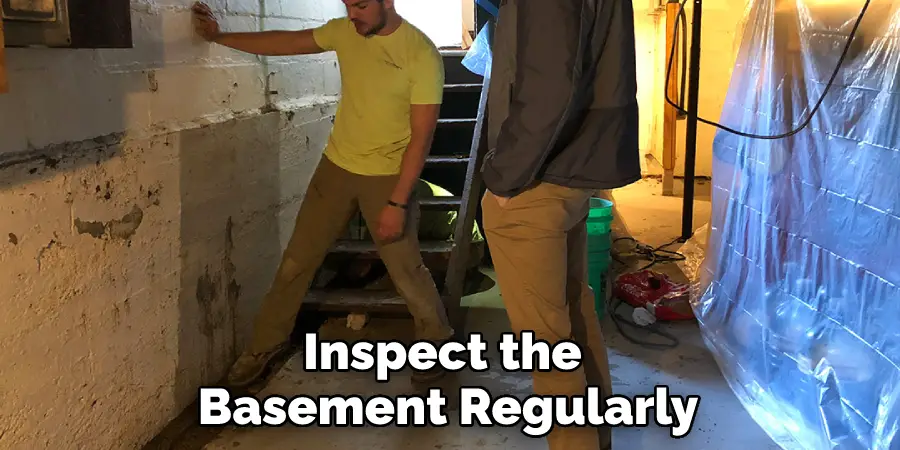
Step 2: Test for Radon Gas
If you’re unsure whether your home has radon gas, you can test for it. You can purchase kits at your local hardware store, which are relatively easy to use. Simply follow the instructions with the kit, and if the results show that your home has high levels of radon gas, you’ll need to reduce it.
Step 3: Ventilate Your Basement
One of the best ways to reduce radon gas in your home is to ventilate your basement. You can do this by opening windows or doors to allow fresh air to circulate. Additionally, you can install a fan in your basement to help with ventilation.
Step 4: Seal All Cracks
As we mentioned before, cracks in your floors and walls can allow radon gas to enter your home. So, you must seal all cracks that you find. You can purchase a sealant at your local hardware store, and it’s relatively easy to apply. Simply follow the instructions on the packaging, and make sure to seal all cracks completely.
Step 5: Install a Radon Mitigation System
If you have high levels of radon gas in your home, you may want to consider installing a radon mitigation system. These systems work by drawing air from your basement and venting it outside of your home. While they can be somewhat expensive, they’re very effective at reducing radon gas levels in your home.
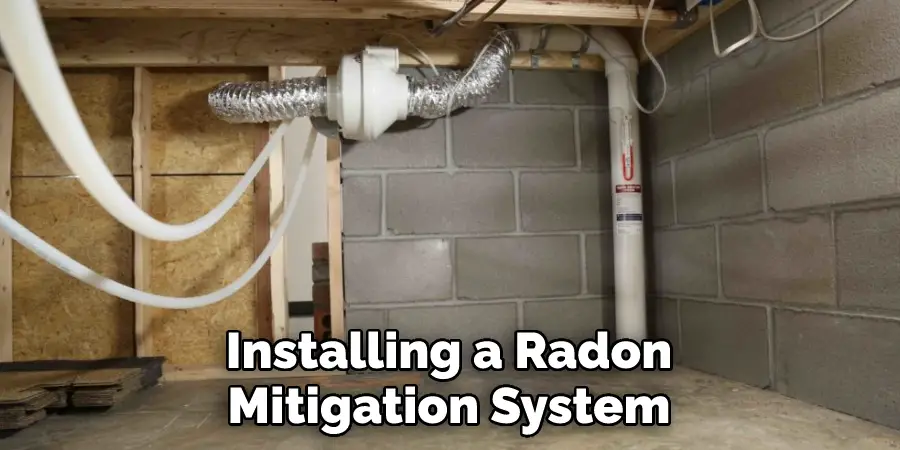
Step 6: Don’t Panic
If you find that your home has high levels of radon gas, it’s important not to panic. While it’s certainly something you should take seriously, there are steps you can take to reduce the levels of radon gas in your home.
By following the steps that we’ve outlined above, you can significantly reduce the amount of radon gas in your home and protect yourself and your family from its harmful effects.
Step 7: Continue Testing
Finally, you must continue to test for radon gas in your home. This will allow you to monitor the levels and ensure they stay low. If the levels increase, you may need to take additional steps to reduce them.
That’s it! You’ve now learned how to seal cracks in basement floor for radon. Taking these steps can help reduce exposure to harmful gas and protect your family’s health. With a little effort, you can ensure that your home is safe from the dangers of radon.
What You Need to Know Before Seal Cracks in Basement Floor for Radon
Before you start sealing cracks in the basement floor for radon, you should know a few things. First, test your home for radon. You can purchase a do-it-yourself testing kit at most hardware stores or hire a professional to test your home for you. If your home tests positive for radon, you’ll need to take action to reduce the level of radon in your home.
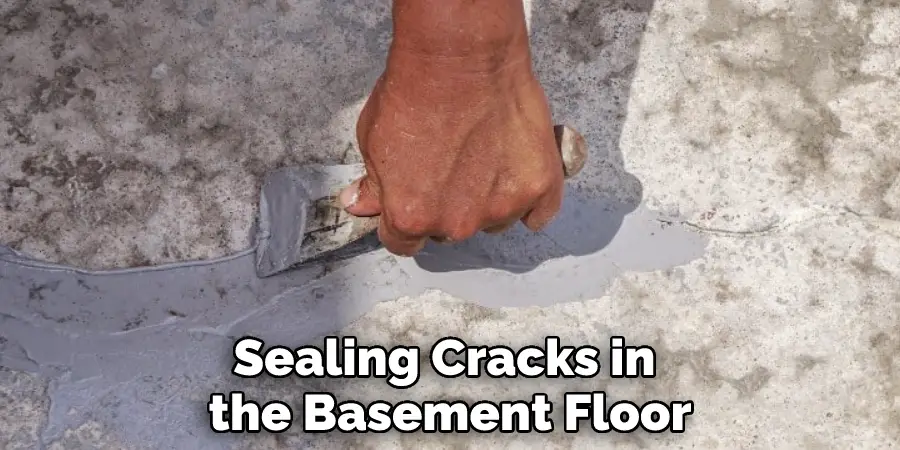
Sealing cracks in your basement floor is one way to help reduce radon levels. Just be sure to use a sealant specifically designed for concrete use and follow the manufacturer’s instructions carefully. In addition, you should have your home re-tested for radon every two years to ensure that the radon level remains low.
5 Benefits of Sealing Cracks in Basement Floor for Radon
1. Prevents Radon Gas from Entering the Home
One of the primary benefits of sealing cracks in your basement floor is that it will prevent radon gas from entering your home. Radon is a radioactive gas that is found in soil and rock. It can enter homes through cracks in the foundation and has been linked to lung cancer.
2. Reduces Energy Costs
Another benefit of sealing cracks in your basement floor is that it will help to reduce your energy costs. Cold air can enter your home through cracks in the foundation and cause your heating system to work harder to maintain a comfortable temperature. By sealing these cracks, you will keep the cold air out and save money on your energy bills.
3. Improves Indoor Air Quality
Sealing cracks in your basement floor will also improve the indoor air quality of your home. Dust, pollen, and other allergens can enter your home through cracks in the foundation and contribute to respiratory problems such as asthma and allergies.
By sealing these cracks, you will keep these allergens out and create a healthier indoor environment for yourself and your family.
4. Prevents Water Damage
Another benefit of sealing cracks in your basement floor is preventing water damage. Water can seep through cracks in the foundation and cause serious damage to the structure of your home.
Additionally, mold and mildew can grow in damp environments and cause health problems for you and your family. Sealing these cracks will keep water out and protect your home from damage.
5. Increases Home Value
Finally, sealing cracks in your basement floor will increase the value of your home. If you ever decide to sell your home, potential buyers will be more likely to purchase a home with no visible signs of damage. By taking care of these cracks now, you will be increasing the value of your home and making it more attractive to potential buyers.
Some Ways to Prevent Cracks in Basement Floors
Basement floors are susceptible to cracking for several reasons. First, because they are below ground level, they are often subject to moisture and temperature changes which can cause the floor to expand and contract.
In addition, the weight of the house can put pressure on the basement floor, causing it to crack. Fortunately, you can do a few things to help prevent cracks in your basement floor.
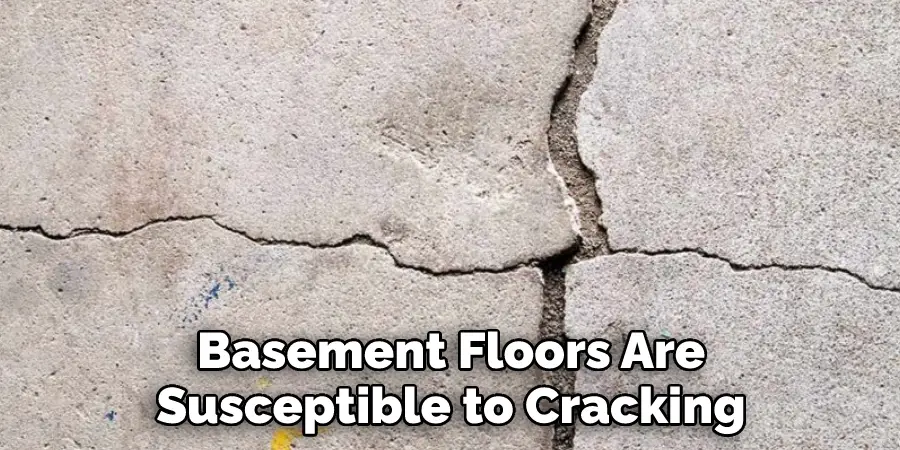
One way to prevent cracks is to ensure the floor is properly supported. This means ensuring that the foundation is in good condition and that any load-bearing walls are securely in place.
In addition, you should avoid putting too much weight on the floor by storing heavy items on shelves or in other locations where they will not rest directly on the floor.
Another way to help prevent cracks is to control moisture levels in the basement. This can be done by ensuring that gutters and downspouts are clear so that water is diverted away from the foundation. In addition, you should consider installing a dehumidifier to help keep moisture levels in check.
Finally, it’s important to remember that even with these precautions, cracks may still occur. So if you notice a crack in your basement floor, it’s important to have it repaired as soon as possible before it has a chance to get worse.
Conclusion
Sealing cracks in your basement floor is an easy and effective way to prevent radon exposure in your home. Taking this simple step can help protect yourself and your family from the dangers of radon gas exposure. Thanks for reading our post about how to seal cracks in basement floor for radon.

